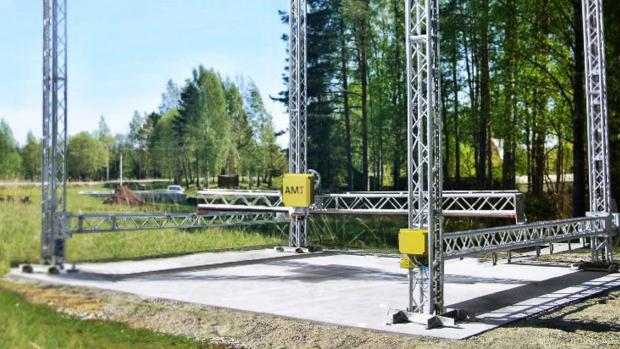
Breaking News
 Tuesday War Room LIVE: Trump Mentioned in ANOTHER Big Batch of Epstein Files...
Tuesday War Room LIVE: Trump Mentioned in ANOTHER Big Batch of Epstein Files...
 Trump Names Louisiana Gov. Jeff Landry Special Envoy to Greenland
Trump Names Louisiana Gov. Jeff Landry Special Envoy to Greenland
 The Box Office Crisis Is Worse Than It Looks
The Box Office Crisis Is Worse Than It Looks
 Will The CME Raid The Silver Party?
Will The CME Raid The Silver Party?
Top Tech News
 Travel gadget promises to dry and iron your clothes – totally hands-free
Travel gadget promises to dry and iron your clothes – totally hands-free
 Perfect Aircrete, Kitchen Ingredients.
Perfect Aircrete, Kitchen Ingredients.
 Futuristic pixel-raising display lets you feel what's onscreen
Futuristic pixel-raising display lets you feel what's onscreen
 Cutting-Edge Facility Generates Pure Water and Hydrogen Fuel from Seawater for Mere Pennies
Cutting-Edge Facility Generates Pure Water and Hydrogen Fuel from Seawater for Mere Pennies
 This tiny dev board is packed with features for ambitious makers
This tiny dev board is packed with features for ambitious makers
 Scientists Discover Gel to Regrow Tooth Enamel
Scientists Discover Gel to Regrow Tooth Enamel
 Vitamin C and Dandelion Root Killing Cancer Cells -- as Former CDC Director Calls for COVID-19...
Vitamin C and Dandelion Root Killing Cancer Cells -- as Former CDC Director Calls for COVID-19...
 Galactic Brain: US firm plans space-based data centers, power grid to challenge China
Galactic Brain: US firm plans space-based data centers, power grid to challenge China
 A microbial cleanup for glyphosate just earned a patent. Here's why that matters
A microbial cleanup for glyphosate just earned a patent. Here's why that matters
 Japan Breaks Internet Speed Record with 5 Million Times Faster Data Transfer
Japan Breaks Internet Speed Record with 5 Million Times Faster Data Transfer
Russian firm announces world's largest construction printer

The company's press release is a little hard to follow, but we gather a "standard" six-storey S–500, if standard is the word, can operate in a volume of 11.5 x 11.0 x 15.0 m (or 37.7 x 36.1 x 49.2 ft). However, its makers say it's possible to extend the last dimension to 80 m (263 ft).
The firm simultaneously announced the S–300, capable of operating in a mere 11.5 x 11.0 x 5.4 m volume (that's 37.7 x 36.1 x 17.7 in feet). This equates to a maximum two-storey building on a 120 sq m (1,292 sq ft) plot, its makers say.
We're joining the dots here, but since that 10 sq m plot is roughly what you get from the first two dimensions – the difference between the two models is height, and it's the height that can be extended to 80 m with the S–500. That being the case, were you to allow 3 m (10 ft) per storey, the extended S–500 would be able to print a 26-storey building – firmly into skyscraper territory.



